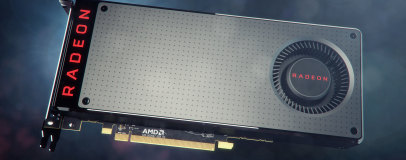
The Card
Unlike Nvidia, AMD still produces reference cards for its lower-end and mid-range parts. The RX 480 sample we have retains the relatively clean and minimalist styling introduced with the R9 Fury X. It has a closed, plastic outer shell that's solid enough but certainly nothing to write home about.AMD has been lagging behind on display connectivity, with Nvidia having long moved to HDMI 2.0 and also to DisplayPort 1.4 with Pascal. Thankfully, Polaris sees AMD catch up, as the RX 480 is future-proofed and ready for DisplayPort 1.3 and 1.4 and also supports HDR content and HDMI 2.0b. HDCP 2.2 is also supported, and FreeSync works over both DisplayPort and HDMI. There are three DisplayPort headers and one HDMI connection here, although as always this is open to variation when board partners have their say.
AMD doesn't use dedicated multi-GPU headers these days, but it's worth noting what we know about the RX 480 in this regard. For DirectX 11 and earlier titles, it should be possible to get four-way CrossFire working with this card, although how well supported this is remains to be seen. However, for DirectX 12 games, the capabilities are being left in the hands of developers, although AMD tells us it is working hard to make sure multi-GPU capabilities are well supported across a range of titles.
The RX 480 certainly isn't a large card. It's confined neatly to a dual-slot form factor, and the PCB is only 180mm long so it's definitely ripe for smaller form factor cooling. AMD's reference cooler, however, extends the card's length to 243mm by our measurements, which is still small enough for the vast majority of modern cases.
There is no backplate, so you won't get any passive heat dissipation and the PCB is left bare and exposed.
The single 6-pin PCI-E connector is enough given the 150W power rating of the RX 480, although we wouldn't be surprised to see board partners offer cards with 8-pin headers.
The cooler is really basic in its design. There's a copper contact plate for the GPU and this is stuck to the main heatsink above it, which is surprisingly small considering the size of the card. An extra contact plate and thermal pads draw heat away from the eight 8Gb GDDR5 chips as well as all of the MOSFETs, which is good to see. The single radial fan is responsible for cooling everything, and the fin arrangement directs virtually all air out of the well ventilated rear I/O panel.

MSI MPG Velox 100R Chassis Review
October 14 2021 | 15:04

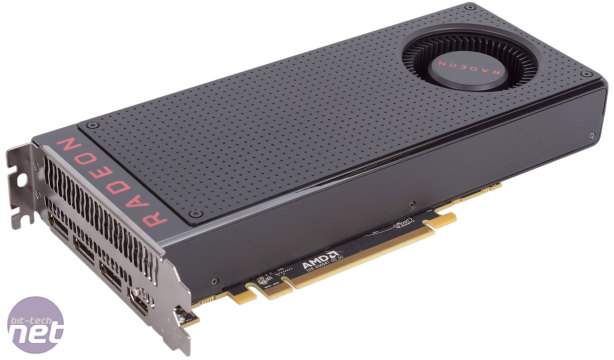
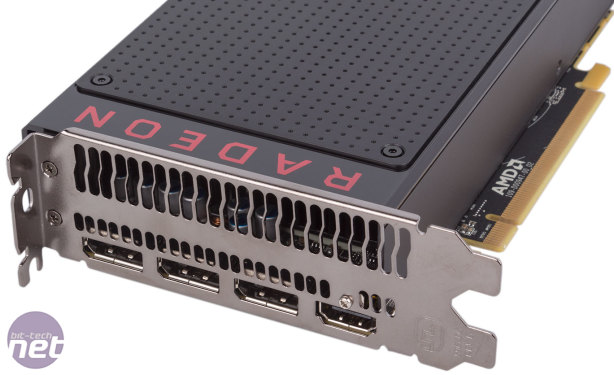
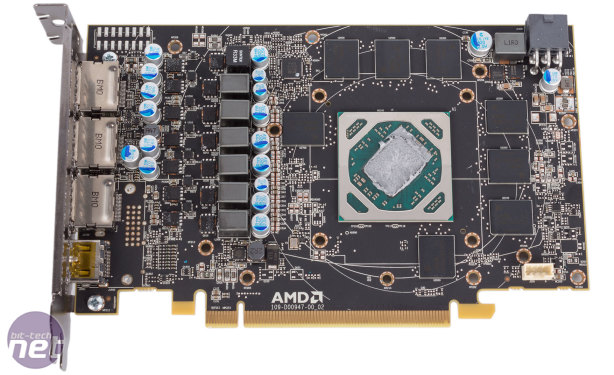
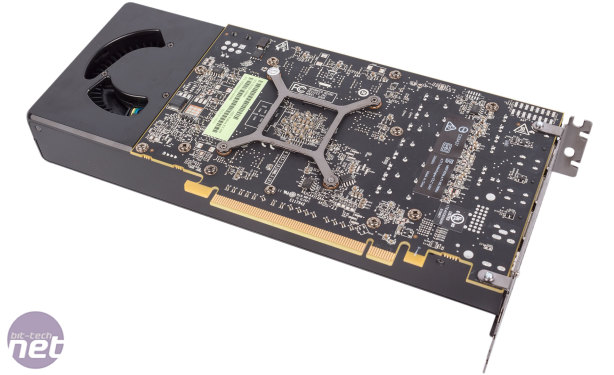
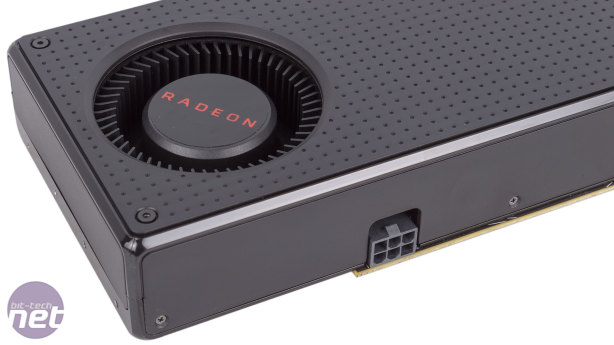
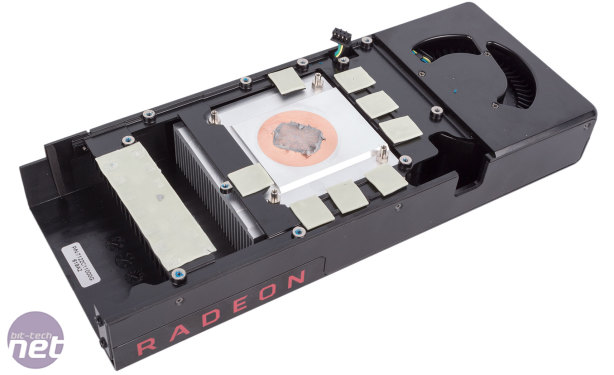







Want to comment? Please log in.